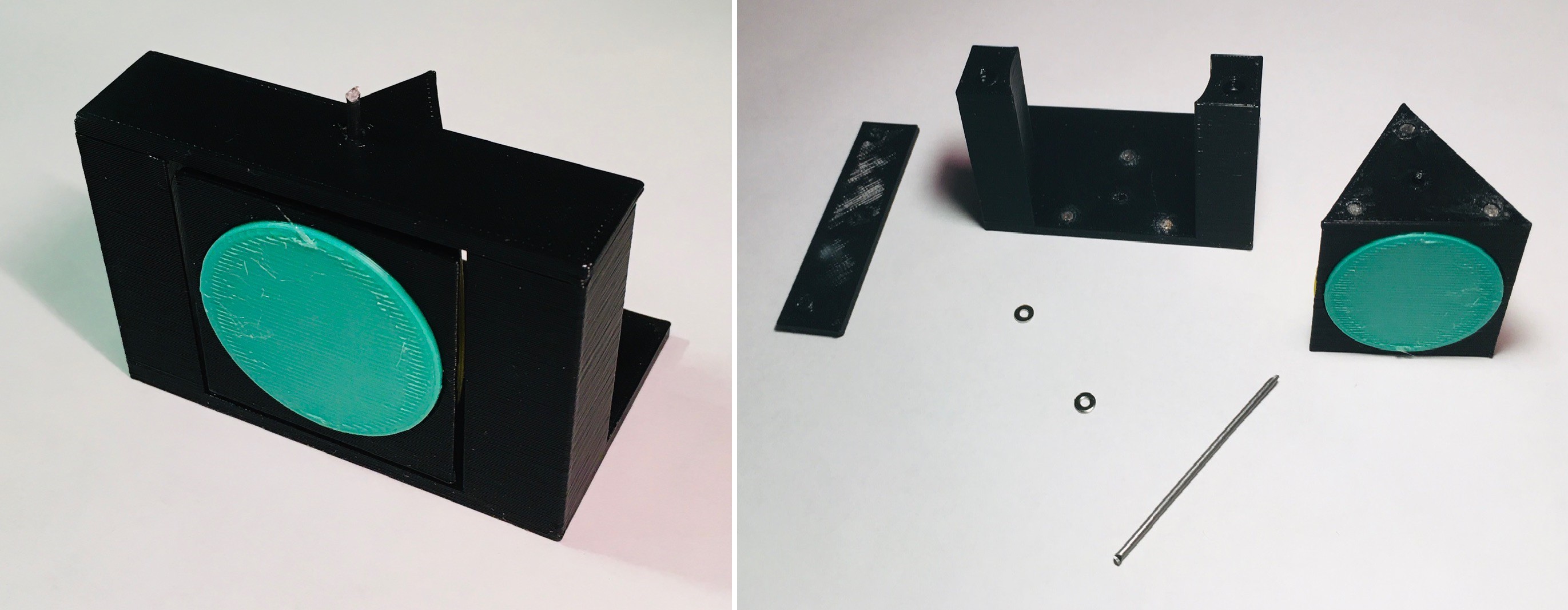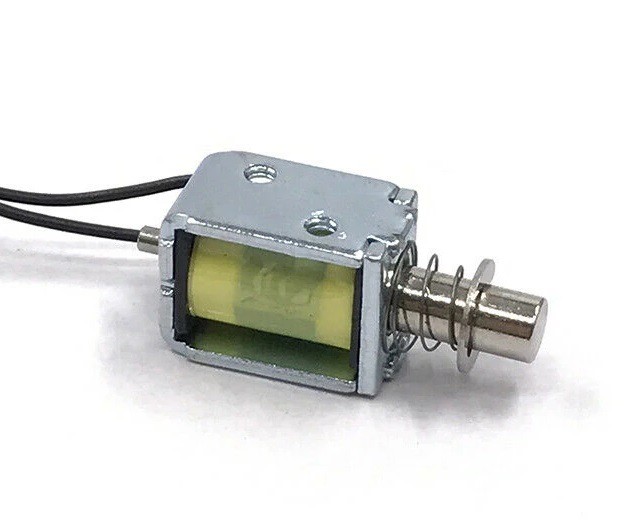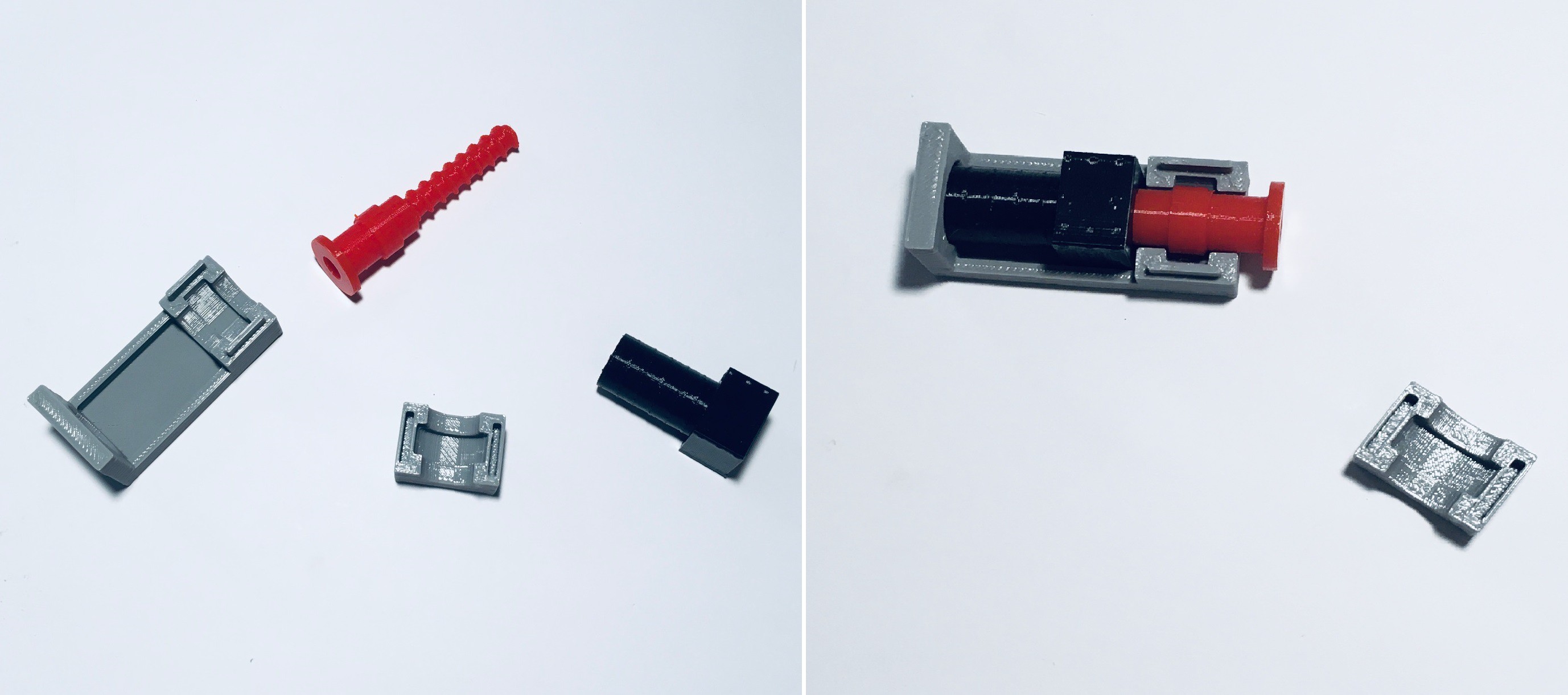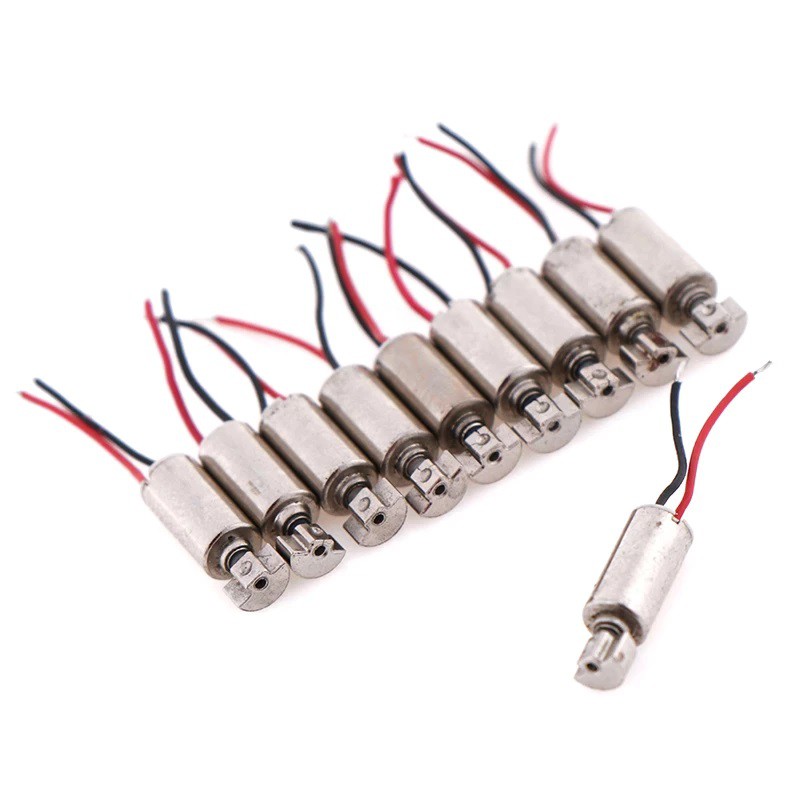-
Winding Down
08/30/2021 at 16:47 • 0 commentsI haven't made much progress on this project probably because I don't have a pressing need right now for a large cheap slow flip dot display. Mostly I was just noodling with ideas. So I'm going to close this project for now.
If you are interested in pursuing this idea further you should check out :
https://hackaday.com/2021/06/24/mechanically-multiplexed-flip-dot/
Not only did James Bruton come up with the perfect name (Mechanically Multiplexed Flip- Dots) for the concept that I have been trying to explore hare, he has produced a much more fully realized demonstration of how it would work with his 5 x 3 ping pong ball display.
-
Trip-Dots
07/22/2021 at 21:35 • 0 commentsI have to admit that I took some inspiration for this from Greg Zumwalt's wonderful 3D Printed Christmas Billboard. So in keeping with the idea of having a simple mechanical mechanism for each dot in a flip dot display I designed this tri-state display element.
![]()
Like the bi-state flip square shown previously, this design uses magnets to "lock" the display into a stable position when a dot is facing forwards. (Note that the prism with the dots is shown on the right photo above upside down so that the magnets can be seen.) In addition when in the locked position, the backward facing vertex of the prism provides a perfect lever for an actuator to push the dot (in either direction) to the next state. Here's how it works.
It's even simpler mechanically than the push-push flip square. There is still the issue of determining the current state of the visible dot. I think that this could be easily solved with some strategically embedded magnets and a couple of hall-effect sensors.
-
Mechanically Multiplexed Flip- Dots
07/22/2021 at 20:46 • 0 commentsThis was posted to the blog about a month ago: https://hackaday.com/2021/06/24/mechanically-multiplexed-flip-dot/. Not only did James Bruton come up with the perfect name for the concept I have been trying to explore hare, he has produced a much more fully realized demonstration of how it would work with his 5 x 3 ping pong ball display.
But the idea is the same. The 15 dots are controlled by only 3 servos and 1 continuous motor to move them across the display. Slow but relatively cheap. So cool.
-
Finding the Right Linear Actuator
06/17/2021 at 16:34 • 0 commentsSo with my new push-push flip square design I need a way to activate the change from one state to the other. Some kind of linear actuator would seem to be ideal for this. In fact I will go so far as to say that a solenoid is probably the best solution. To that end I have ordered some small 3-5V push-pull solenoids.
![]()
Since solenoid delivery is still many weeks away I decided to try something else. I really like what hugs is doing with his PinThing project. His linear actuator design is both elegant and compact. So I thought I would give his ideas a try. Now I created my version before hugs published his design so it's not quite the same or as good if I'm being honest, but for a test it gets the job done.
![]()
I didn't have any suitable motors geared or otherwise to try this out with, but I did have some continuous rotation servos lying around. So here is the result.
A few things to note. The first is that this is such a cool idea. For hugs' PinThing project a perfect fit. For me not so much, at least with the slow servo rotational speeds. My actuator needs to impart enough of an impulse on the flip square sliders so that the square flips all the way around to the other side. At these speeds that is not going to happen. I have not completely given up on the idea though. I have some cheap "pager" motors with high rotational speeds on order.
![]()
It will be interesting to see if they can be controlled well enough so that the the linear actuator acts more like a solenoid. I'll let you know what I find when they arrive many weeks from now.
-
Flipping Mark 2
06/03/2021 at 15:55 • 0 commentsSo say I make an XZ array of passive flip squares and I want to be able to spin them with a single "moveable" active element like a solenoid or servo. Mechanically how does this work? With my initial prototype I would have somehow had to reliably latch onto the slider bar in such a way that it could be pushed or pulled. Feels like this would be hard to do. So here is one way to simplify the problem.
I changed the mechanism from push-pull to push-push. All I need to do now is move some sort of linear actuator into the correct position and activate it to set the element to either black or white. I'm not sure it matters at this point but with this mechanism if an element is already black say and you try and set it to black nothing happens because the slider is already pushed in. But this leads to the question "Does the write head (linear actuator) need to be able to sense the position of the flipped square?".
Exploring Flip Dots
I have this idea for a slow but relatively cheap flip dot display that I want to try out. This is definitely a research project.
 Michael Gardi
Michael Gardi


